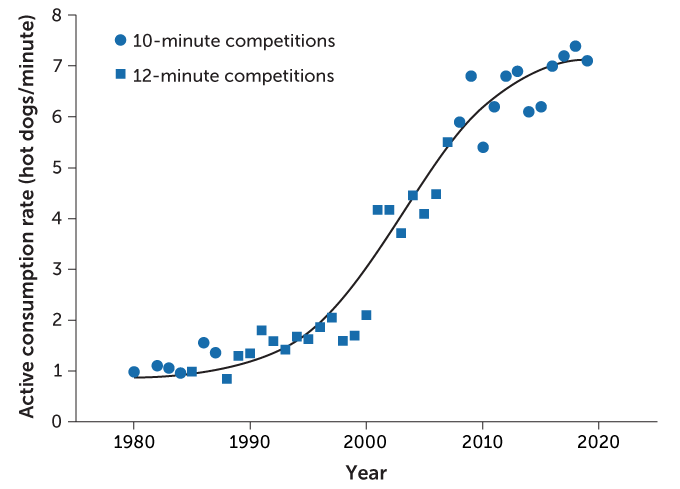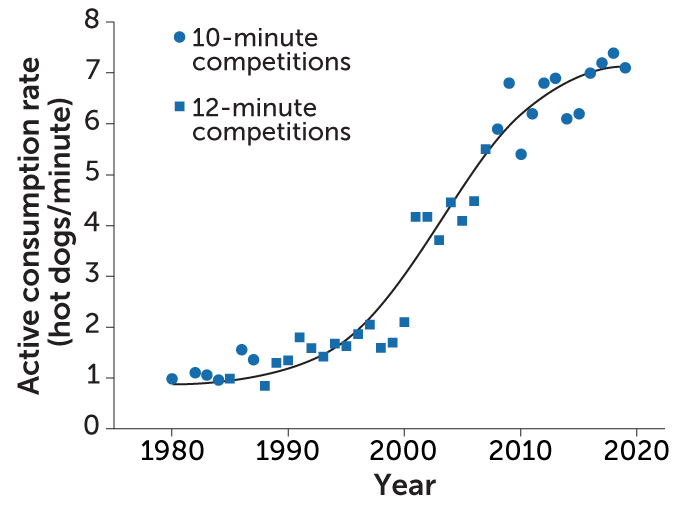biology: The study of living things. The scientists who study them are known as biologists.
calorie: The amount of energy needed to raise the temperature of 1 gram of water by 1 degree Celsius. It is typically used as a measurement of the energy contained in some defined amount of food. The exception: when referring to the energy in food, the convention is to call a kilocalorie, or 1,000 of these calories, a "calorie." Here, a food calorie is the amount of energy needed to raise 1 kilogram of water 1 degree C.
carnivore: An animal that either exclusively or primarily eats other animals.
coyote: This relatively long-legged member of the dog family (Canis latrans) is sometimes referred to as the prairie wolf. It is, however, notably smaller and its build more scrawny than a true wolf. Found from Alaska down into Central America, coyotes have lately expanded their range into all 50 U.S. states. Many now hang out in urban areas where they have no predators and can easily dine on rodents and scavenge trashed food.
data: Facts and/or statistics collected together for analysis but not necessarily organized in a way that gives them meaning.
equation: In mathematics, the statement that two quantities are equal. In geometry, equations are often used to determine the shape of a curve or surface.
evolutionary: An adjective that refers to changes that occur within a species over time as it adapts to its environment. Such evolutionary changes usually reflect genetic variation and natural selection, which leave a new type of organism better suited for its environment than its ancestors. The newer type is not necessarily more “advanced,” just better adapted to the conditions in which it developed.
field: An area of study, as in: Her field of research was biology. Also a term to describe a real-world environment in which some research is conducted, such as at sea, in a forest, on a mountaintop or on a city street. It is the opposite of an artificial setting, such as a research laboratory.
online: (n.) On the internet. (adj.) A term for what can be found or accessed on the internet.
physiologist: A scientist who studies the branch of biology that deals with how the bodies of healthy organisms function under normal circumstances.
strategy: A thoughtful and clever plan for achieving some difficult or challenging goal.










